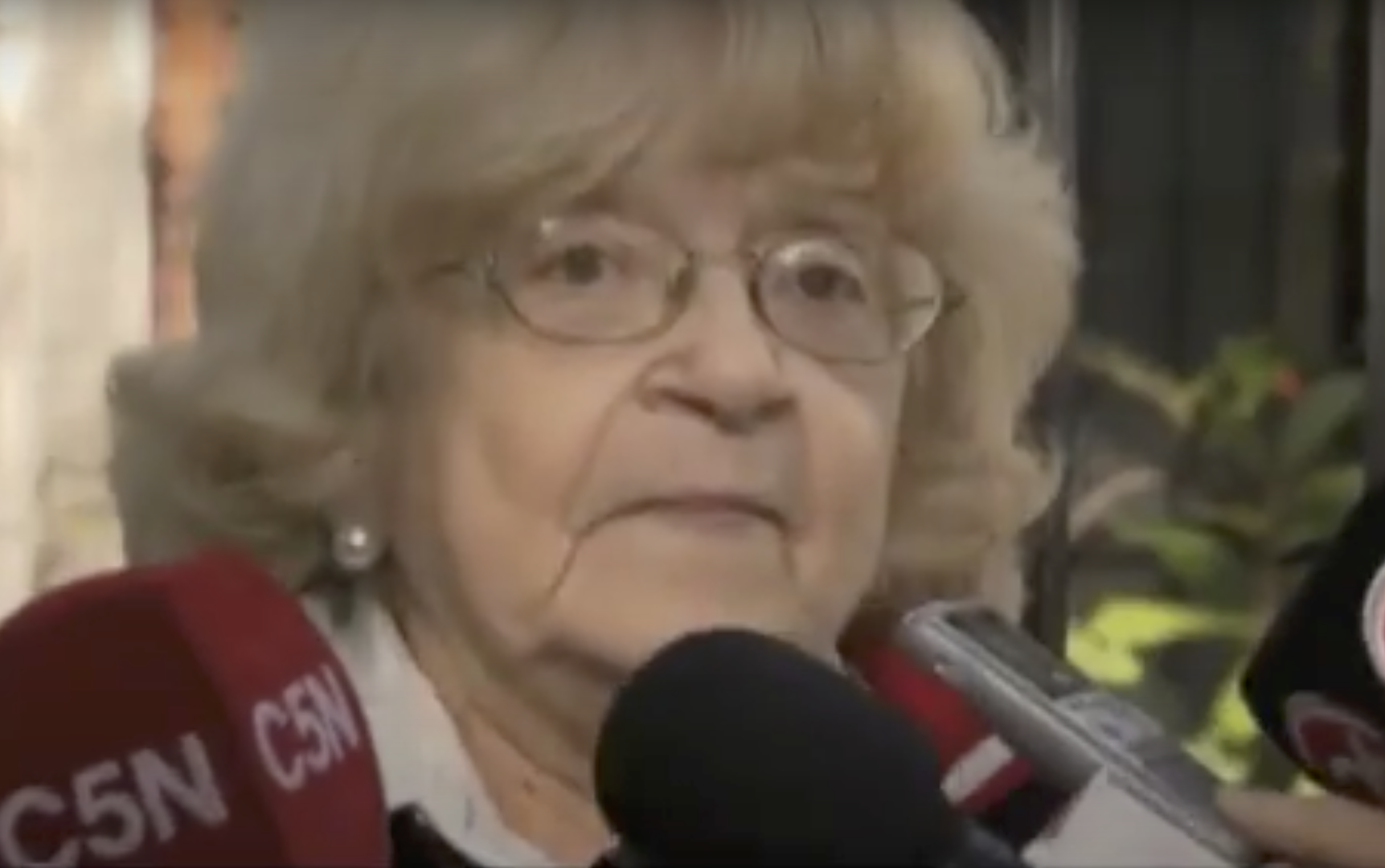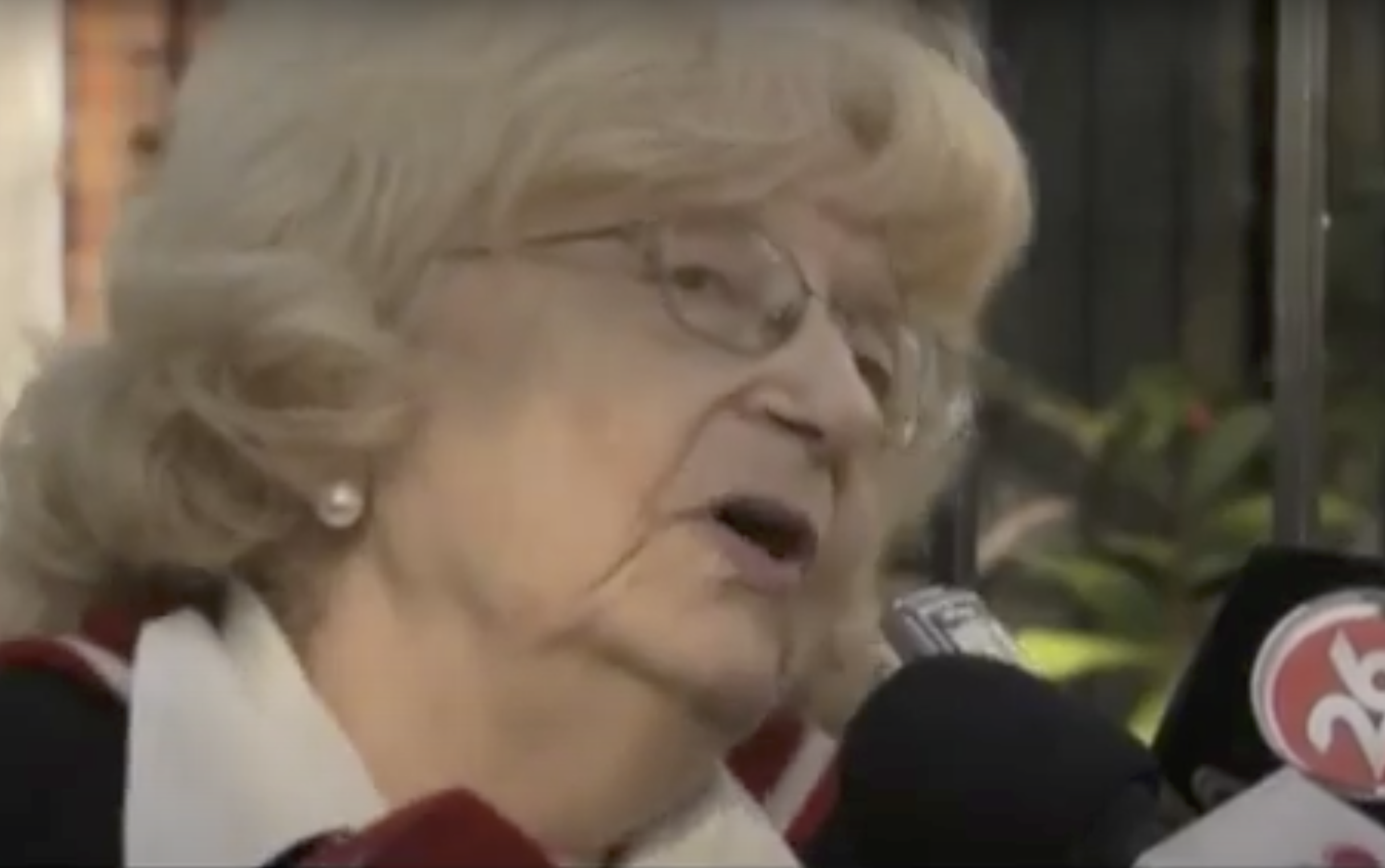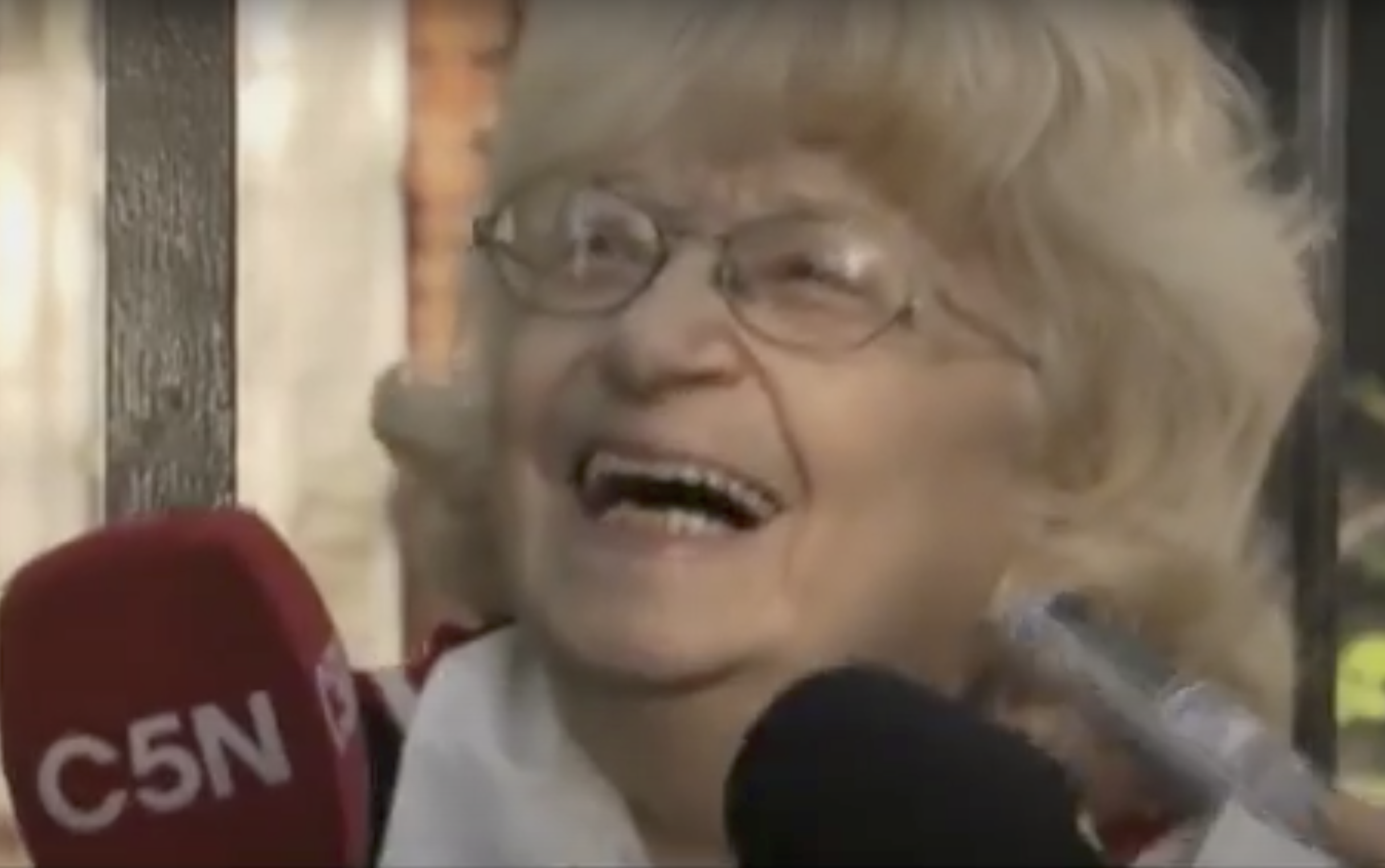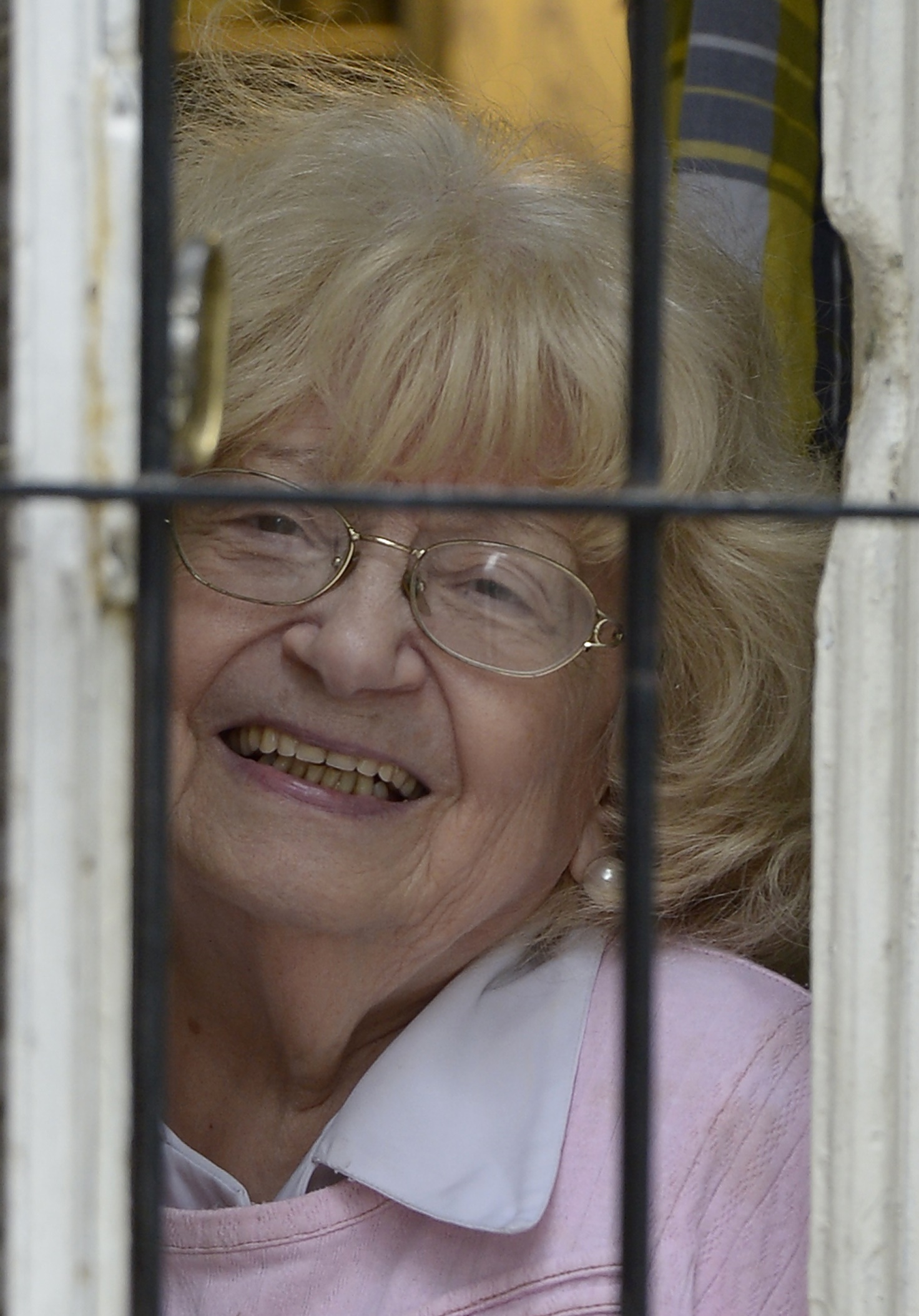The sister of the late Pope Francis once offered a personal glimpse into whether he ever aspired to become the leader of the Catholic Church — an account that contrasts with claims made by a woman believed to be his childhood sweetheart.
Pope Francis, the 266th pontiff of the Roman Catholic Church, died on April 21, 2025, at Casa Santa Marta, his chosen residence within Vatican City. Revered for his humility, compassion, and unwavering commitment to the marginalized, his death prompted a global outpouring of grief and reflection on the legacy he leaves behind.
While much has been written about his leadership, renewed attention has turned to the lesser-known chapters of his life before the papacy — particularly the story of the only woman ever romantically linked to him.
According to longstanding reports, the future pope pursued the priesthood after the woman he allegedly loved rejected his proposal. The woman, a blonde once the subject of public intrigue, resurfaced in the public eye during an interview years later.
In parallel with these recollections, those closest to Pope Francis shared rare insights into the man he was before donning the white cassock. His younger sister, María Elena Bergoglio, once revealed in an interview that he never aspired to become pope. She recalled lighthearted conversations where the idea came up, to which he would reply with a chuckle, “No, please no.” Yet, despite his early reluctance, she described his eventual role as “a blessing from God” and said his first appearance as pontiff revealed “a fullness of heart.”
A different perspective came from Amalia Damonte, a childhood acquaintance from the Buenos Aires neighborhood of Flores. In a 2013 interview, she remembered a striking declaration from the young Jorge Mario Bergoglio: “If I can’t marry you, I’ll become a priest.” Damonte even speculated that, had he not left the Church of San José de Flores shortly before her wedding, he might have been the one to officiate it. As for her own feelings, she brushed off notions of romance: “In love? I only knew love when I was much older.”

Amalia Damonte during an interview on March 15, 2013 | Source: YouTube/TheTelegraph
The Argentine woman, who grew up as Pope Francis’ neighbor, recalled being the object of his affections when they were just 12 years old. A handwritten note he left for her caused quite a stir at the time.

Amalia Damonte speaking to reporters on March 15, 2013 | Source: YouTube/TheTelegraph
“I remember perfectly that he had drawn me a little white house, which had a red roof, and it said, ‘This is what I’ll buy when we marry,'” she recounted. Though the letter was a childhood gesture, it caused an uproar in Damonte’s household.
“These were childish things, nothing more,” she said, but her parents saw it differently. Her father spanked her, and her mother confronted her directly.

Amalia Damonte pictured during an interview on March 15, 2013 | Source: YouTube/TheTelegraph
“My mom broke it off. Good Lord. She came to get me at the school and said, ‘So, you’re getting letters from a boy?!'” Damonte recalled. From that moment, her parents took strict measures to keep them apart.
“My parents pulled me away completely. From that point on, they did everything possible to separate us,” she added. “What I wanted is for him to disappear from the map!”
They spoke once more, but the conversation was tense. She told him to stay away and not approach her again, warning that if he got too close to her father, he would be in danger. Looking back, she dismissed the experience as insignificant, noting that nothing could have come of it given the strictness of their parents.
The Bergoglio family left Membrillar Street decades ago, and Damonte moved away as well, eventually marrying and raising a family. She later returned to her parents’ home but never attempted to reconnect with her former neighbor, though she followed his rise in the church from a distance.

Amalia Damonte poses at her home in the Flores neighborhood on March 15, 2013, in Buenos Aires, Argentina. | Source: Getty Images
She saw him as a grounded, down-to-earth person—much like herself—and believed they shared a humble spirit and compassion for the poor, values she felt were too often forgotten in today’s world.
Although Argentine media once dubbed her the “Pope’s Girlfriend” and speculated about a possible reunion, she dismissed the notion as absurd. She acknowledged the vast difference in their lives, viewing herself as part of his past—a simple, untainted chapter rooted in their shared beginnings.
Still, despite considering herself a closed chapter in his life, she was stunned when she learned that her childhood sweetheart had become the Pope. In another interview, Damonte confessed, “I froze in front of the television. I couldn’t believe that Jorge was the Pope.”
She described him as a wonderful, honorable man—someone she always held in high regard. Though surprised by his rise to the papacy, she quietly followed his journey from afar.
By the time Pope Francis turned 88, he had endured a series of health challenges. Most recently, after experiencing several days of breathing difficulties, he was admitted to Rome’s Gemelli Hospital on February 14, 2025. Doctors diagnosed him with double pneumonia—a severe lung infection.
A Vatican statement on February 23 confirmed that he remained in critical condition, also battling mild renal insufficiency. He was placed on oxygen therapy and underwent a blood transfusion, though officials noted that he had a “tranquil” night following the treatment.
Despite the seriousness of his condition, he remained conscious and even participated in Holy Mass from his hospital room. Medical experts described his case as severe, citing complications such as low red blood cell counts and kidney concerns.
While the Vatican reported some stabilization—particularly in his red blood cell levels—and no further respiratory distress, anxiety about his overall condition persisted.
Still, Pope Francis continued to engage with the public, expressing deep gratitude for the outpouring of support. In a message shared on X, he thanked well-wishers and noted how especially moved he was by the drawings and letters from children around the world.
Over the years, he had faced recurring respiratory and gastrointestinal issues. In 2021, he underwent surgery for a gastrointestinal condition, followed by another operation in 2023 to repair a hernia.
His health remained unpredictable. After initial signs of improvement, his condition deteriorated again, prompting renewed concern.
The Vatican later confirmed that he was initially hospitalized for bronchitis but was eventually diagnosed with a polymicrobial respiratory infection. A CT scan revealed pneumonia in both lungs. Dr. Sergio Alfieri described him as a “fragile” patient due to his age and medical history, stressing that his condition could shift on a daily basis.
Despite these challenges, Pope Francis remained in good spirits. He even left his hospital bed to pray in the chapel. Doctors stated he would remain under care until he regained his strength, with no discharge date set.
As he remained hospitalized, quiet preparations began at the Vatican for what might come next. Though no formal announcements were made, discussions about his burial wishes had already taken place.
In a departure from long-standing tradition, Pope Francis requested to be buried not in the Vatican, but at Rome’s Basilica of St. Mary Major—a site deeply meaningful to him.
In a December 12, 2023, interview with the Mexican news outlet N+, he shared that he had discussed his burial with Archbishop Diego Giovanni Ravelli. “We simplified it quite a bit. I will premiere the new ritual,” the Pope said.
His decision marked a rare break from tradition. For centuries, popes have been laid to rest beneath St. Peter’s Basilica, with the last major exception being Pope Leo XIII in 1903, who was buried at the Basilica of St. John Lateran. While six popes have been interred at St. Mary Major, the last was Pope Clement IX in 1669, making Francis’ request a rare and symbolic departure.
The basilica holds deep personal significance for him. Before becoming pope, he would often visit the church on Sunday mornings whenever he was in Rome. It is home to Salus Populi Romani (Protectress of the Roman People), a beloved Byzantine-style icon of the Virgin Mary holding the infant Jesus—an image he has long carried in his heart.